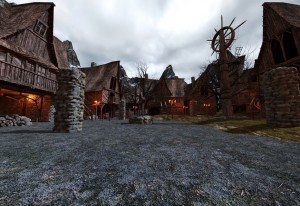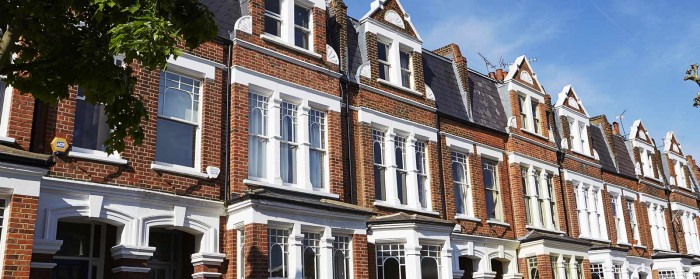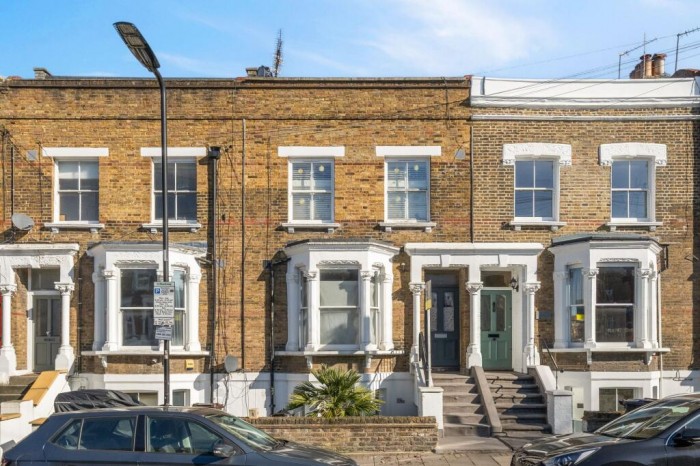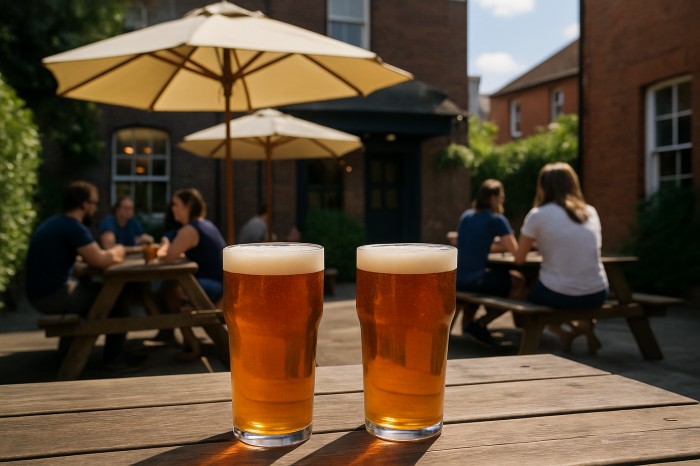The History of Landlords
Posted in June 2023
Landlords are believed to have first come into existence back in 1066. The period between Anglo-Saxon rule and the Middle Ages was when being a ‘Lord of the Land’ started to become more widespread and it is believed that William the Conqueror decreed that who owned land, managed and lived on it – was an integral part of being in control.

1066 - Lords of the Land
Once William the Conqueror had claimed all of England’s land for himself, he split approximately 55% of the country between 170 Barons, thereby making them ‘Lords of the Land’. Despite their title, the Barons were actually ‘Tenants in Chief’ and were Land Managers as opposed to Landowners.
The Barons granted some of their land to ‘Under Tenants’. Instead of paying rent in cash, the ‘Under Tenants’ promised to provide the King with Knights when he needed them. Then in turn, the ‘Under Tenants’ would rent (sub-let) the land to peasants. Some repaid the land privilege by providing labour services (serfs), while others paid cash for the land, just as a modern-day tenant would pay rent.
How the Magna Carta impacted sub-letting in 1290
Once the Magna Carta was signed in 1215, it transformed land-ownership and brought about the legal system that still shapes property sales in England and Wales to this day. In 1290, two statutes, namely Quia Emptores and Quo Warranto – banned subinfeudation. This was the act of letting out lots of land upon a feudal tenure. In other words, the statute outlawed the repeated subletting of land between Lords, Barons and Tenants. This was deemed necessary as the process had become very open to abuse and corruption, which ultimately was the beginning of the end of the feudal system.
16th Century: Landlord-Tenant relationship established
It was not until the 16th Century that capitalism became ingratiated in the system and the landlord-tenant relationship that is familiar to us today was established. This was a more straightforward process than under the feudal system, as a landowner would build a property and then charge the inhabitants a set fee to live there. Which ultimately meant the need for middle-men was no longer necessary.
Those who were rich and typically from more urban areas, invested heavily in rural villages. In the process, they went on to become estate owners, building rental property empires to house the staff who worked the land and also served the manor houses.
19th Century – City Landlords
Following the Industrial Revolution, the typical ‘Lord of the Manor’ Landlord came to an end as farming returns declined and workers were drawn to cities. Land in towns and cities were still owned by Dukes and Earls, but the need for housing increased as the workforce in factories, mills and the newly developed railways expanded.
The new landlords that followed and evolved came in the shape of companies. One of the foremost at the time was the renowned confectioner Joseph Rowntree. Although Rowntree built housing from a socially conscience perspective, in reality, many were cheaply constructed, sub-standard properties which were then rented out for high fees to his workers. Unfortunately, but not surprisingly, this led to unsanitary conditions causing many rental properties at the time to be labelled as slum dwellings. It wasn’t until the two-year Cholera outbreak in 1848 that living standards were improved.
First Rent Act – during WWI
Private landlords remained firmly in control of the private rental market right up until the First World War, when it’s reported that up to 90% of the population rented their homes. The 20th century did bring about change, as those in power linked poor living conditions with ill health and wellbeing. The first Rent Act was passed during the First World War (1915) as a “temporary” means of preventing landlords from exploiting the increased wages of the hard-working munitions employees.
The Housing and Town Planning Act in 1919 followed soon after, also known as the “Addison Act” named after the Minister of Health, Christopher Addison, who was also Minister for Housing. This paved the way for the Government to embark on its first comprehensive plan to build state-owned social (council) housing. Although the act promised government subsidies to finance the construction of 500,000 houses within 3 years, only 213,000 homes were built during this period, due to the weakened economy at that time. However, as a direct result of this new form of social housing, returns for private landlords dramatically diminished and many were forced to leave the rental sector.
The impact of the 1980s on Landlords
In the 1980s, Margaret Thatcher’s Right to Buy scheme (officially known as The Housing Act 1980) gave 5 million council house tenants the ability to buy the home they lived in at a massively reduced price. As a result, only 7% of the British population privately rented their homes by 1991.
In 1988, the Assured Shorthold Tenancy act (AST) was established. This was a crucial turning point for the PRS, which combined the removal of profit curbing rent controls and new procedures for landlords to recover their properties – more commonly known today as Section 21 and which the Government is now promising to abolish as part of the Renters Reform Bill (just recently introduced to Parliament).
These changes, encouraged a growing population into ‘Buy-to-let’ either by investing in a single property or by building up a property portfolio.
The Challenges of Covid-1
On 23rd March 2020 a strict National Lockdown was imposed to stop the spread of the Coronavirus pandemic. Like many other sectors, this meant the Lettings Market ground to an immediate halt. Due to strict Government restrictions, viewings and moves were prohibited under all but the most exceptional circumstances.
Landlords in the 21st Century
Property is still considered a solid, long-term investment and is used by many as an alternative to traditional pensions etc. Currently there are over 2.65 million landlords in the UK and HMRC have forecast that by 2025, privately rented property will make up 25% of the total housing market.
At David Andrew, in addition to our 3 local North London branches (Archway, Highbury, Stroud Green), we have a Property Management Office in Finsbury Park and represent over 700 landlords (both UK and overseas).
“We recently let out our property through David Andrew and it proved to be an excellent choice - we required a quick turnaround and they did not disappoint. The marketing was really nicely done and after just half a day of viewings we found our tenants. Many thanks to the team for a positive and professional experience!” LOB
If you’re interested in letting your property, please call your local David Andrew Lettings Manager for a FREE market appraisal and to discuss any Property Management requirements. Archway: 020-7619-3750, Highbury: 020-7354-9111, Stroud Green: 020-7281-2000 or email info@davidandrew.co.uk
Latest posts
Free property valuation
With three local offices we have unrivalled market knowledge. A senior member of the David Andrew team will come to your property to provide an accurate sales valuation or rental valuation and offer comparable properties we have sold in order to justify our valuation and to show how we can achieve you the best possible price.
Register with us
Register today to receive instant alerts when we add properties that match your requirements.


